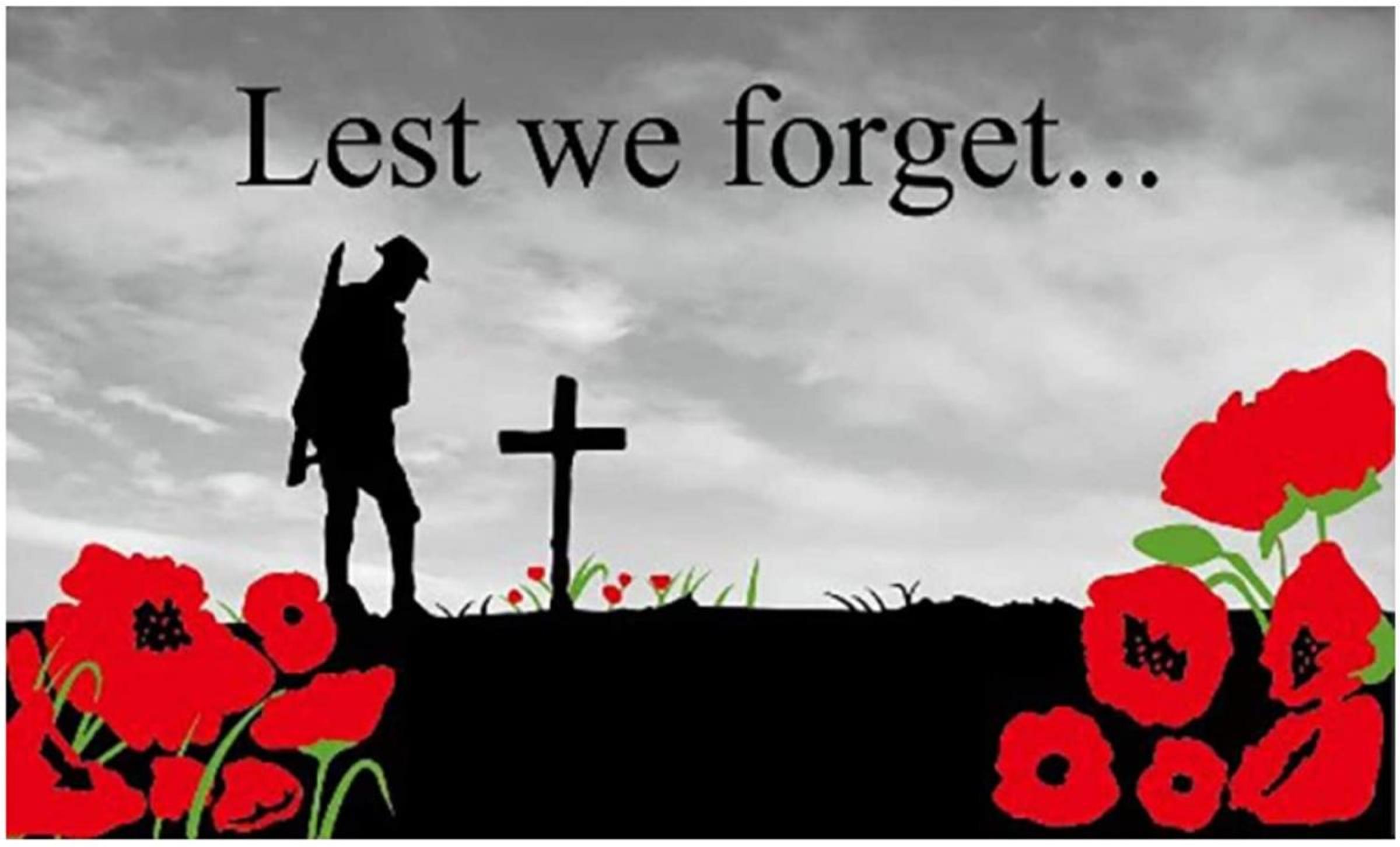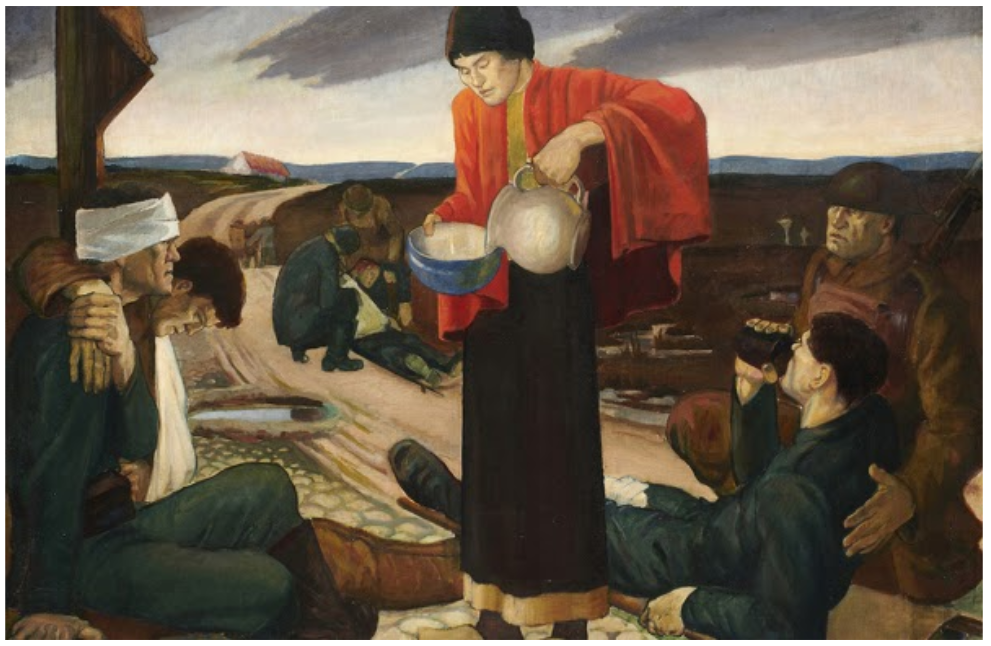Religious Education
Marylene Douglas

Religious Education
Marylene Douglas
From the first anniversary of the Armistice (the ceasefire to end the World War I in 1918), Australians have been commemorating the selfless contributions made by those of our nation who have died, been injured, or have suffered in some way because of their military service to protect the safety, the welfare, and the values of the Australian people.
As a mark of respect to those who have died and suffered, people in Australia are encouraged to stop what they are doing at 11 am on 11 November, to observe one minute’s silence and reflect on the loss and suffering caused by war, and to remember noble fellow Australians from World War I and from several other conflicts that have ensued through to the present – World War II, the Korean War, the Vietnam War, the Malayan Emergency, the Wars in Iraq and Afghanistan, and various UN peacekeeping efforts.
The idea of observing a period of silence was first proposed by Melbourne journalist Edward George Honey, who proposed a period of silence for national remembrance in a letter published in the London Evening News on 8 May 1919.
The suggestion came to the attention of King George V. The King issued a proclamation on 7 November 1919 which called for a two-minute silence. His proclamation requested that "all locomotion should cease, so that, in perfect stillness, the thoughts of everyone may be concentrated on reverent remembrance of the glorious dead".
At 11 am on 11 November 1919, Australians, for the first time, paused and stood in silent tribute to the men and women of the 1st Australian Imperial Force who had died on battlefields in Gallipoli, Europe and in the Middle East.
The enormous cost of war to our nation is reflected most graphically in the grim statistics relating to World War I:
World War I began in 1914 and lasted for four years. More than 416 000 Australians volunteered for service in World War I. Of these, 324 000 served overseas. More than
60 000 Australians were killed, including 45 000 who died on the Western Front in France and Belgium and more than 8 000 who died on the Gallipoli Peninsula in Turkey.
As well as Australian soldiers, many nurses in the Australian Army Nursing Service served on the Western Front. These nurses worked in overcrowded hospitals for up to 16 hours a day, looking after soldiers with shocking injuries and burns.
Australia was the only participant in this conflict whose soldiers and nurses were all volunteers!
What a gift our nation has received through such acts of courage and sacrifice!
They shall grow not old, as we that are left grow old; Age shall not weary them, nor the years condemn. At the going down of the sun and in the morning. We will remember them.
This end of WW1 scene may be set at the Belgian Front, the hills being typical of the Ardennes. Visible to the left is way-side figure of Christ on the Cross. Titled 'The Good Samaritan', it depicts, battle-weary soldiers, being tended to by caring 'Samaritans' irrespective of their nationality.


English School: The Good Samaritan, c. 1920Framed (ref: 10345)
Let us pray …
Loving God, who weeps during times of human conflict, nurture within all humanity the will to reconcile and to rebuild the bridges of trust and of hope for a peaceful future. Through the enduring love of our Prince of Peace,
Jesus Christ our Lord.
Amen.
On February 14th, 2018, a group of 3,000 people came together in Haifa, Israel, to sing together One Day (by Matishayu). This song expresses the desire for world peace and unity, graphically reflected in its use of three languages, Arabic, Jewish and English.
To view this stirring occasion click on the You Tube clip below.